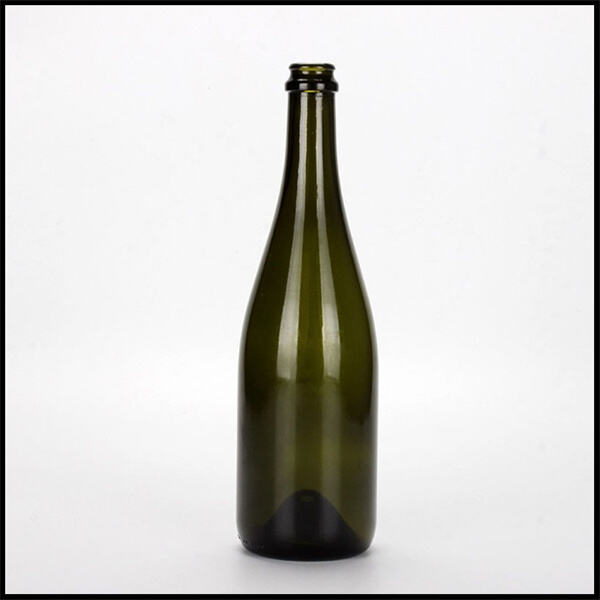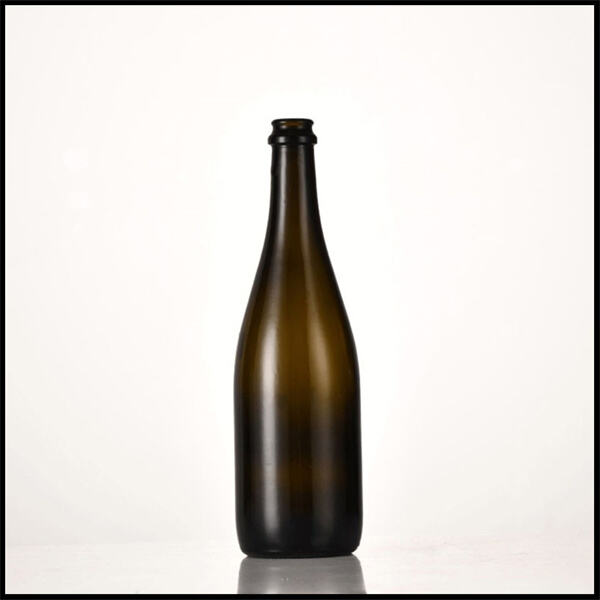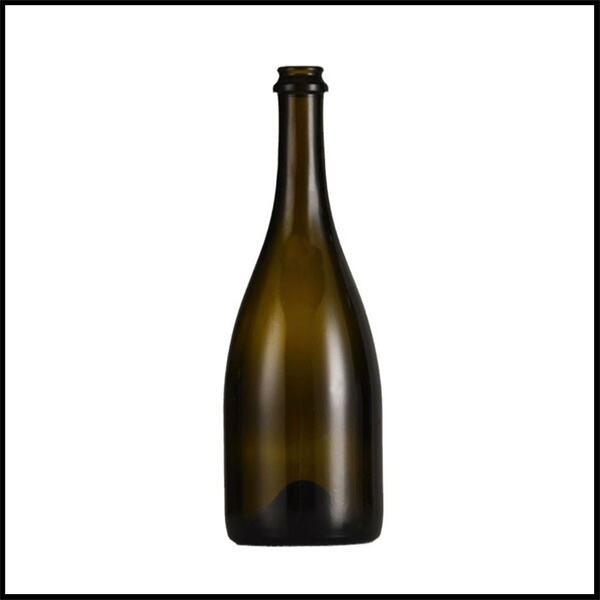Tel/WhatsApp/WeChat: +86-18752068807
Email: [email protected]
Do you want to know about sparkling wine bottles? No, just a fun, exciting bottles they pop and fizz when you open them! In this short series we will investigate the art, history, science and design of those wonderful bottles that contain sparkling wine.
Sparkling wine bottles are no ordinary sheep, for they are beautiful works of art!!! Winemakers themselves dedicate huge amounts of time and effort to perfecting their special elixirs. They are highly selective about which bottles to use, and that choice is an integral part of the experience. With the flashy labels on these bottles and their distinct shapes, it's meant to appeal to you that this wine is from a different glass. Most of the time, when you see a bottle of something sparkling it gets your blood running just wondering what could be inside.
Made in France decades ago by happenstance, did you know that sparkling wine was the original champagne? A long time ago, winemakers sweetened their wine by adding sugar. The sugar started to ferment in the bottle and left a fizzy wine. This interesting event occurred as far back in the 16th century! In this great big world of ours, sparkling wine is now a much-loved beverage and we toast with it at weddings or even just on another ordinary Tuesday.

Ever wondered where all of those bubbles in sparkling wine come from? The bubbles are in fact air, specifically a gas named carbon dioxide that is captured inside the container. When the wine is bottled, winemakers introduce a bit of yeast and sugar. This duo will activate a second fermentation process, the one that makes those exciting sparkling bubbles. The pressure in the bottle can be quite high – up to 90 psi! So this is why you need to be mindful while opening a bottle of bubbly: if not, the cork will literally fly out!

Champagne-style wine bottles are made of thick glass, and sometimes the actual quality is nerfed to be upped fearing that in creating them might break. They are typically a stronger glass than your average bottles — to make sure they can hold up in case they smack into counters and cabinets on their way back down. The cork usually used in sparkling wine bottles resembles a mushroom, hence the nickname. A wire cage keeps the cork in place until you're ready to open and enjoy your wine. Some bottles even come with a punt, which is the little bump on the bottom of many wine bottles. This bump also makes the bottle more resistant and allows for some movement of wine to help develop a little complexity! The bottle shape also plays a role and can really change the way some wine tastes. While some are tall and skinny, others seem to be just short rounds.

Sparkling wine is hailing from all over this great big world of ours! Named after one of the most popular regions in France — Champagne, used to refer only to wines that came from this part. Sparkling wines. Sparkling wine is based on the principle of double fermentation, thus contains bubbles in a closed (under pressure) bottle. The most famous sparkling winemaking regions are located in several European countries: Germany, France and Italy as well.Spanish Cava – produced since 1870 from three grape varieties Penedes for top quality Gran Reserva cava aged minimum 30 months.Pinot Noir vines used to make Champagne Pinot Meunier Origin AOC Growth Chardonnay growth areagra; Fiesta Nacional de la Vendimia Grapes Regulations Terroir Fermentation Appellation.... You may have heard of well known labels from this region such as Moet & Chandon and Veuve Clicquot. There is also Prosecco, a sparkling wine from Italy and Cava which comes as well another type of sparkling wine hailing form Spain. California may be best known for its sparkling wines too! Some even create sparkling red or pink wines, which are worth a go.